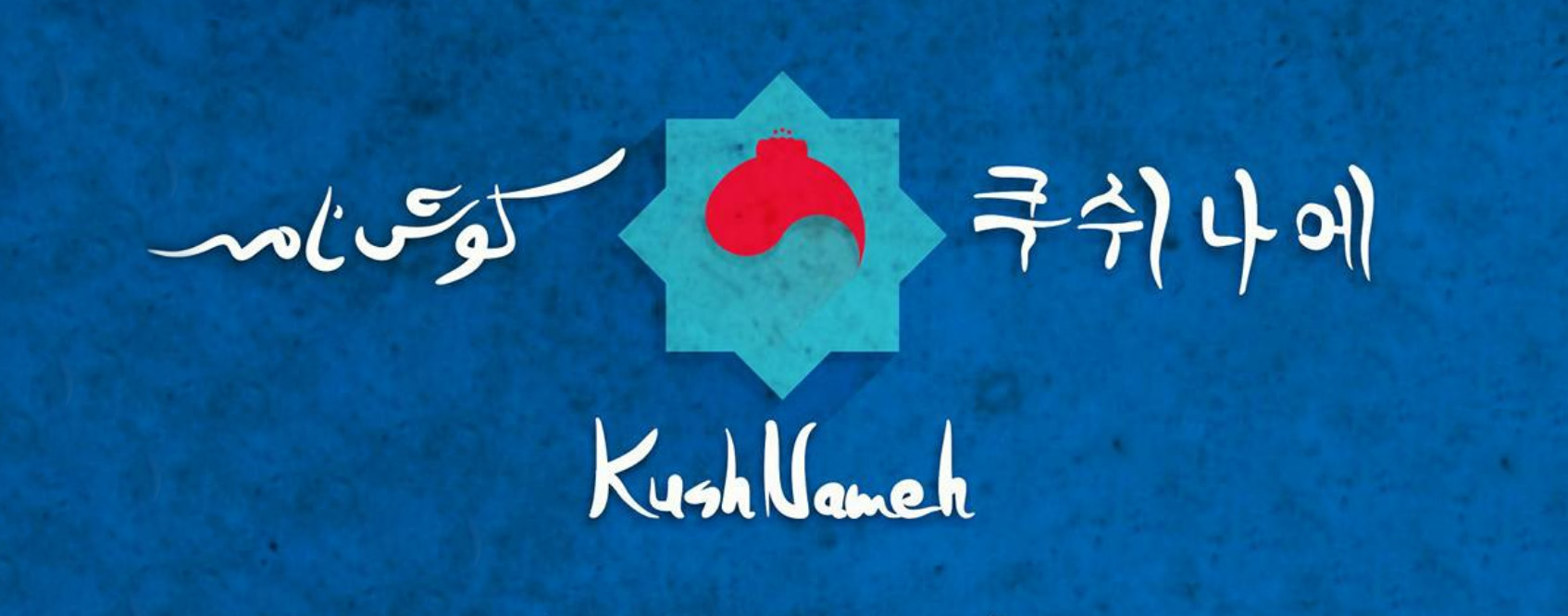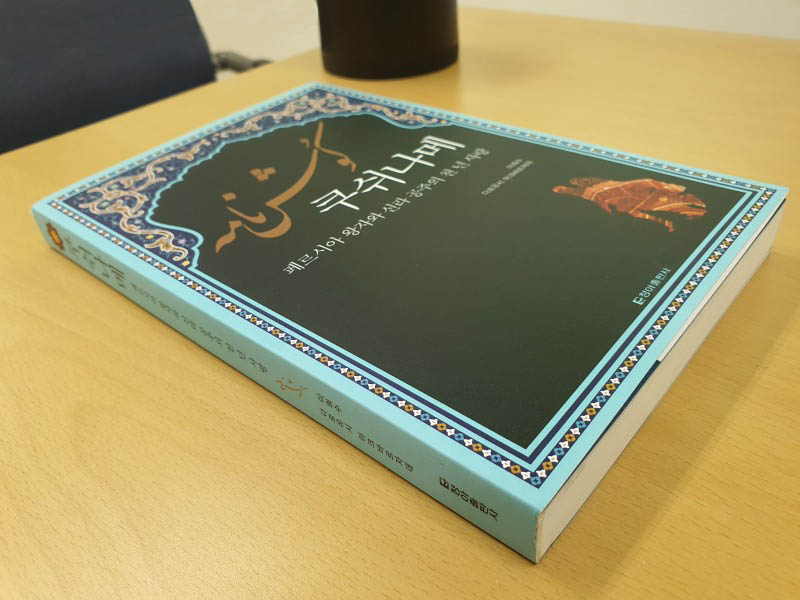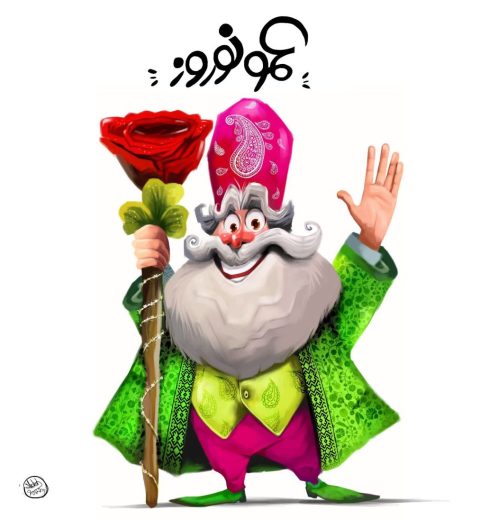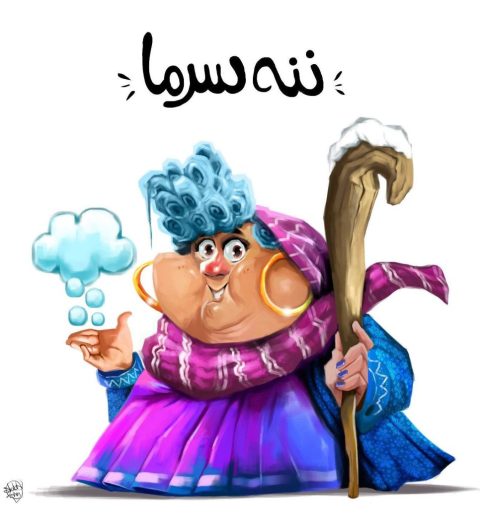The Persian Empire was composing love tales about Korean princesses more than a thousand years before the first European adventurer reached Korea’s shores. The Kushnameh is a little-known narrative that has the potential to revolutionize how we see history. This is the tale about a Persian Prince and a Korean Princess.
Historians have reexamined an ancient Persian epic written about 500 AD and discovered the odd account of a Persian prince marrying a Korean princess at its heart. It’s a fantastic discovery. We weren’t sure whether the Persians of the time even knew Korea existed until recently. This new discovery demonstrates that Persia and Korea were not only in communication, but also had a close relationship. It may even need a complete rewriting of history.
The Kushnameh
The narrative is known as the Kushnameh, and it is not a brand-new discovery. It’s one of the most well-known Persian Empire tales, having been recounted and replayed thousands of times in the 1,500 years since it was penned. The Kushmaneh is a long, epic poem about an evil beast called Kush with elephant tusks that terrorizes a Persian family for centuries.
The whole narrative covers hundreds of years and thousands of lines of poetry, but it’s somewhere in the middle when the story becomes truly intriguing. There, the author sat down and wrote an amazing 1,000 lines of the beautiful poem on life in Korea under the Silla era.
Lovely Letter to Korea
When the plot focuses on Abtin, a young noble prince of Persia (Iran), Korea enters the picture. Abtin has been forced to hide in the woods his whole life, hiding from the terrible Kush the Tusked. Only one thing can keep him safe: a magical book that can tell him his fate.
Abtin has a copy of the book we’re reading and isn’t beyond looking forward a few pages to see how it all ends, nearly breaching the fourth wall. That is exactly what he does. He reads the following chapter and discovers that he is meant to go to Korea’s Silla kingdom, and after temporarily being confused and traveling to China, he is greeted warmly by the king of Silla.
From here on out, the tale is nothing but effusive descriptions of Korea’s beauty. Some of it is, perhaps, a touch excessive. It claims, for example, that Korea is so rich in gold that even the dogs wear golden collars.
However, the description is so precise in general that contemporary historians believe the author must have visited there personally. Abtin is enchanted by the country’s splendor, and then by the beauty of its princess Frarang. He falls passionately in love with a Korean princess, asks the king for her hand in marriage, and she soon marries him and gives birth to his firstborn son.
The Korean Hero in Kushnameh
Of course, none of this is likely to have occurred. For starters, there’s no evidence that Persia was tormented for 1,500 years by an immortal monster with elephant tusks, and even less proof that any early Persian rulers possessed magic books that could predict the future. However, the significance of a Persian prince seeking sanctuary in Korea and falling in love with a Korean princess cannot be overstated.
This is clear evidence that Persians didn’t only know about Korea 1,500 years ago; they admired it deeply. What occurs afterward, though, is what makes it so significant. Frarang’s kid isn’t only a sidekick.
His birth represents a watershed moment in the tale. The totally Persian prince spends his whole life in hiding and is slain by Kush’s soldiers when he eventually returns to his motherland. His half-Korean kid, on the other hand, is the catalyst for change. Frarang and Abtin’s son eventually raises an army and lead the rebellion against Kush. Persia is tortured by an evil, tusked monster for generations in this myth. Persia only achieves independence under the direction of a half-Korean youngster and his mother.
A Secret that’s Right in Front of Your Eyes
People have been reading the Kushnameh for 1,500 years without knowing what they are looking at. We believed for a long time that the narrative was only about China. The Korean Silla kingdom is alluded to in the myth as “Chin,” which might refer to either China or Korea. In fact, it’s a narrative element in the novel.
Abtin, like other historians, first misreads the “Chin” in his magical future-telling book and believes he is expected to go to China. And, like current historians, it took him years to discover that the passage is indeed about China. However, historians have recently reexamined such accounts and discovered how closely they mirror Korea. The descriptions in this book don’t sound like China, but they’re a wonderful, vivid depiction of 6th-century Korea — a land where, believe it or not, dogs were kept on pure gold collars.
A Complete History Rewrite
This has the potential to profoundly alter our perception of history. For a long time, Korea seemed to be a cut-off from the rest of the world; nevertheless, the Kushnameh implies that the east and west may not be that far apart after all. The first European explorer did not arrive in Korea until 1653. More than 1,100 years have passed since Kushnameh was written.
We’ve known for a long time that Persia had some kind of relationship with Korea. They were both connected via the Silk Road, and we’ve known for a long time that Persian commodities found their way to Korea. However, it was widely considered that they were just part of a larger trading network.
Korea, on the other hand, isn’t a trading partner in this scenario. They’re a reliable friend, and they’re so vital to the Persians that they won’t be able to defeat evil until they put their faith in the leadership of a half-Korean, half-Persian prince. It’s a very significant cross-cultural union.
It also casts fresh light on other relics. A historic monument to a Korean war hero at an ancient tomb in Gyeong-Ju, for example, appears more like a Persian soldier than a Korean soldier. Some are now questioning whether or not this is the memorial to a forgotten Persian warrior who fought for Korea.
It’s impossible to say how far this might go. It has the potential to alter our perceptions of these nations’ histories. After all, this is much more than a two-person love tale. It’s a tale of two countries in love.








Very interesting! I hope there will be more modern content about this story.